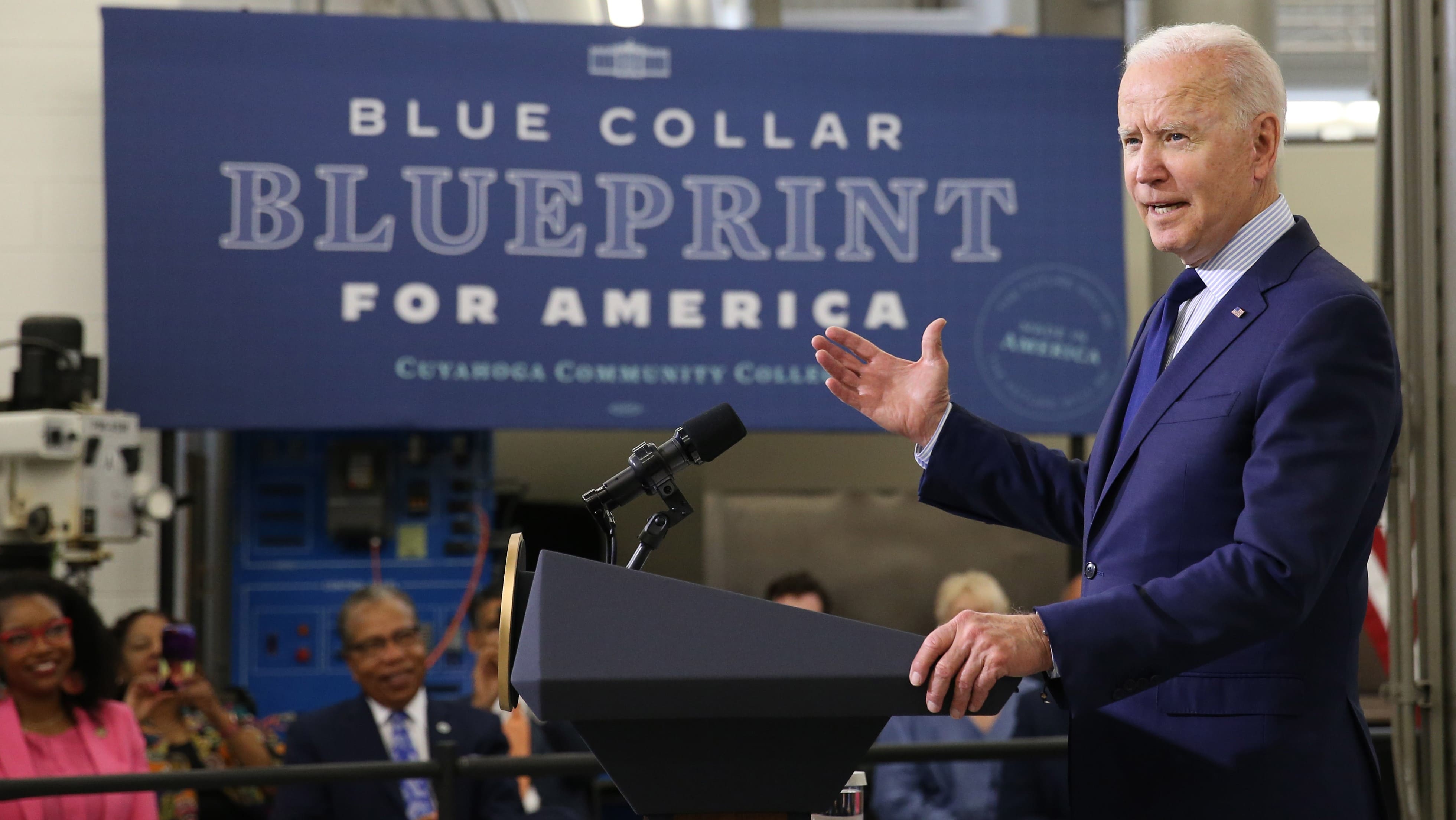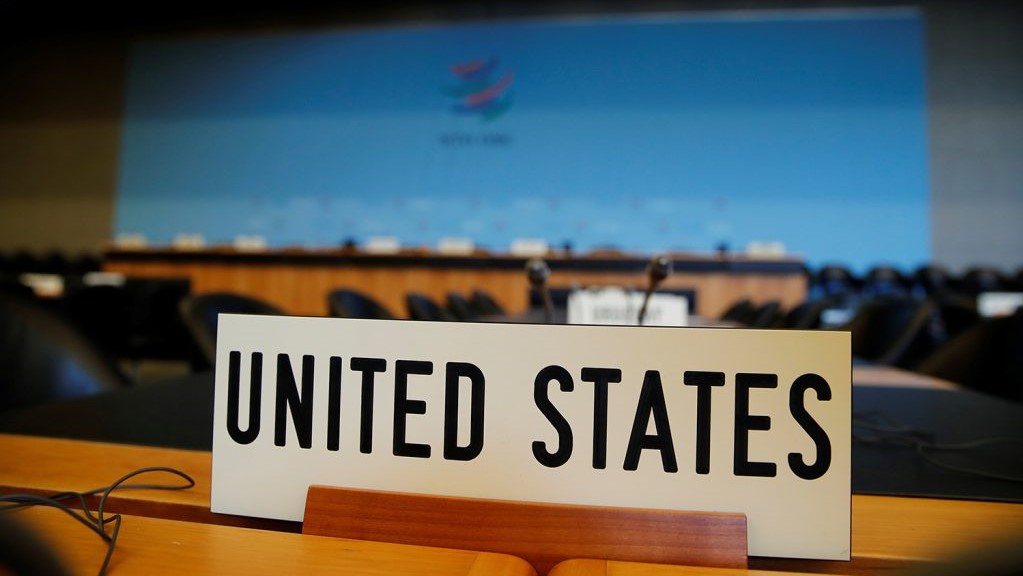Through a variety of initiatives, including the IPEF, the US is calling for cooperation on policies which encourage the adoption of renewable energy sources. Concurrently, the US Department of Commerce has commenced an investigation into solar panel imports from Cambodia, Malaysia, Thailand, and Vietnam. Although the process has been suspended, the result could be hefty tariffs, higher prices for US consumers, and dampened demand for solar panels in the US. In the view of at least some environmental groups, these policies are at cross purposes.
It’s unclear to what extent the contradictions can be mitigated at the G-20 or APEC. Some of these issues are likely to come up at least tangentially during the formal meetings. However, these summits are frequently more noteworthy for the bilateral sidebars that take place among leaders in which they hash out the “real” issues. Expect Biden and his senior officials to have full dance cards in Bali and Bangkok and expect partners to press them forcefully on these seeming contradictions.





